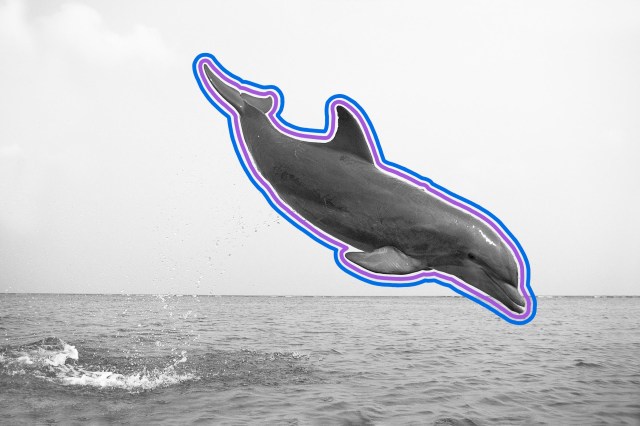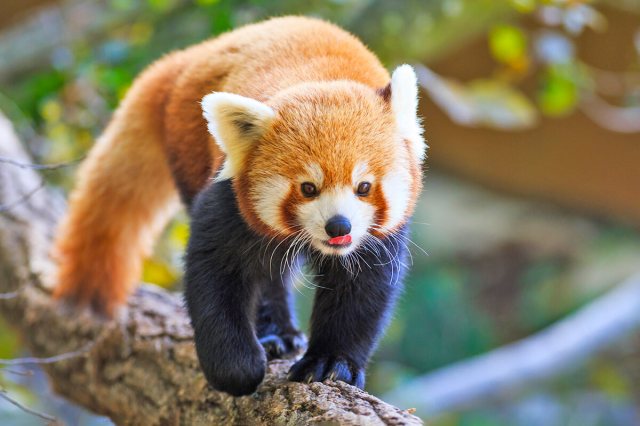
Red Pandas
Red pandas, with their fox-like faces and bushy tails, are undeniably among the most adorable animals on the planet. These small, racoon-like animals, who live mostly on bamboo in the mountain forests of China, India, and other parts of Asia, can be fiercely territorial and quite aggressive when provoked. When they feel threatened, red pandas take a defensive stance, standing on their hind legs and raising their front legs to make themselves appear larger. If this physical warning goes unheeded, they can further deter enemies by releasing a skunk-like odor from scent glands at the base of their tail or using their sharp claws and teeth to protect themselves. Red pandas are also skilled climbers and will often take to the trees to escape danger — or to launch a surprise attack on an unwitting enemy.
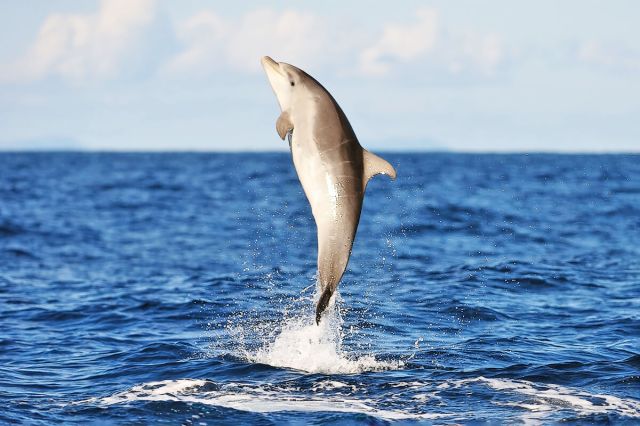
Dolphins
Dolphins are widely beloved for their intelligence, playful behavior, and seemingly friendly nature; they’re known for gliding lithely alongside boats or performing tricks in marine parks. But beneath their smiley exteriors, dolphins have a dangerous side. In the wild, they have been observed exhibiting aggressive behaviors toward other marine life, and their complex social structures can even lead to violent encounters within their own pods. There are 36 species of marine dolphins around the world, which can reside in both warm and cold waters. Some species, such as the bottlenose dolphin, have a reputation for their ruthless hunting tactics and working together to catch their prey. In the wild and in captivity, dolphins have been known to attack humans, sometimes fatally, by ramming, biting, and even holding their victims under water until they drown. Scientists have attributed dolphin attacks in the wild to the stress of swimming alongside humans, as it can disrupt their normal behavior.

Slow Lorises
Slow lorises may look like stuffed animals with their shiny, saucer-like eyes, but these small, nocturnal Asian primates aren’t as cuddly as they may first appear. In fact, although they primarily eat tree gum and insects, they are one of only a few venomous mammals. The slow loris has a gland in its upper arm that produces a highly toxic venom, which pools in the grooves of the animal’s razor-sharp canine teeth when licked. Scientists have discovered that one component of this venom is similar to the protein found in cat dander that can trigger allergies in humans. Unlike venomous snakes, which use their bite to immobilize their prey, the slow loris is most likely to bite other slow lorises as a way of settling territorial disputes. Just one bite from a slow loris can cause severe pain, tissue necrosis, anaphylactic shock, and even death in humans.
More Interesting Reads
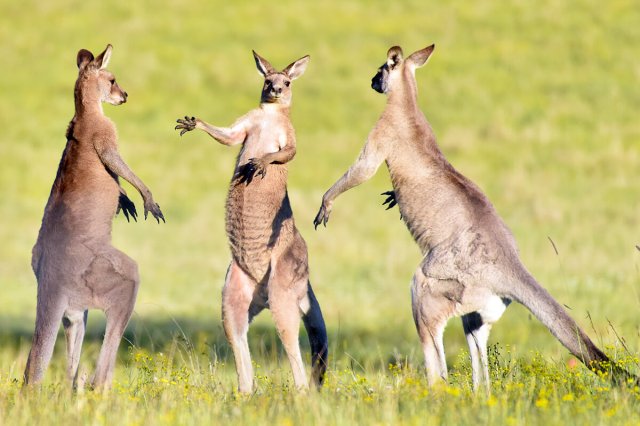
Kangaroos
When you think of kangaroos, you may conjure up images of the warm, maternal Kanga and her playful son Roo from A.A. Milne’s stories about Winnie-the-Pooh. However, these large, social marsupials — particularly the males — have a surprisingly aggressive side. During mating season, male kangaroos engage in intense physical battles with their rivals to win over females. They not only grapple and punch with their muscular arms, but they also have the ability to balance on their tail, allowing them to deliver powerful kicks — and inflict serious injuries — with their hind legs. Kangaroos, which can grow to 7 feet and weigh up to 200 pounds, are extremely territorial and can become aggressive if they feel cornered or threatened. They have been known to attack and even kill humans if they perceive them as a threat, either in the wild or in areas where they’ve become too accustomed to our presence.
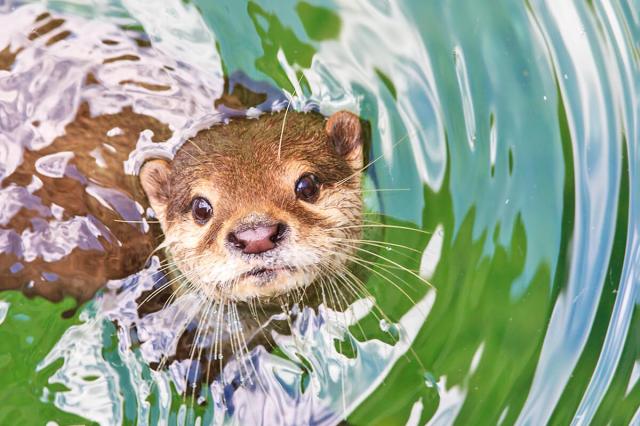
Otters
The internet is chock-full of playful, endearing otters, including countless videos depicting them as docile creatures who float along on their backs and hold hands while they sleep. However, otters are also skilled hunters who can be unexpectedly brutal. The 13 global otter species are uniquely adapted for life both on land and in the water, with dense fur, webbed forelegs, and ears and nostrils that can close airtight when submerged underwater. In the wild, otters are known to hunt and kill fish, birds, and — when they hunt in groups — even mammals larger than themselves. They have sharp teeth and powerful jaws, which they use to catch and kill prey as well as to defend themselves from enemies. Some species, such as the giant river otter (which can grow up to a whopping 6 feet in length), are particularly aggressive and have been known to attack humans who venture too close to their territory.

